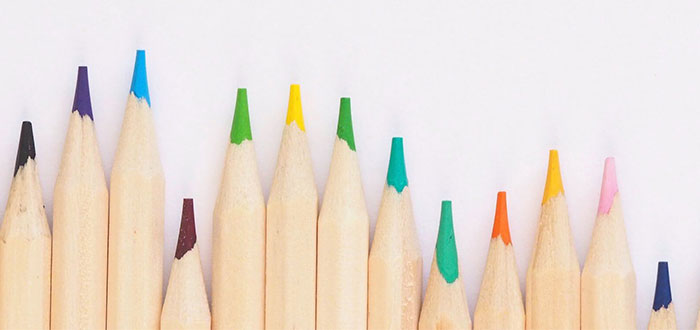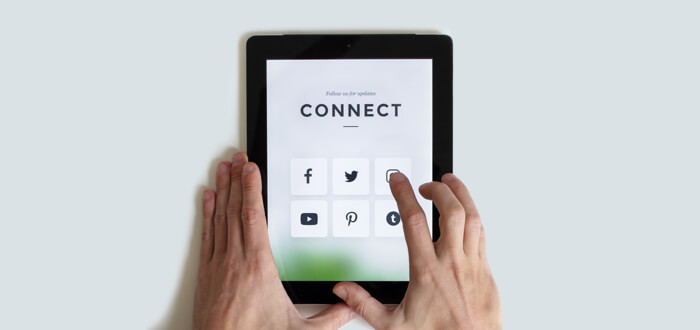Your brand assets
Start by collecting your brand assets. Larger companies will often have a brand guidelines document, which will detail the usage of their logo, typefaces, colour palette and other brand assets like imagery. If you have these, great! Send them over.
Brand guidelines are far less common for smaller businesses — they’re costly to produce and often only one or two designers are typically working on a project, so keeping things consistent is not so much of an issue.
If your company doesn’t have any brand guidelines then it’s really helpful if you can gather anything which will help your designer get a feel for your brand. This could include:
Your logo
Ideally in vector format (hint: file names that end in .ai or .eps)
Your colour palette
If you don’t have a colour palette document you could send brochures, leaflets or links to website pages that show the different colours that make up your brand.
Your typeface
If you use a particular font it would be helpful to supply this. If you don’t know what it is, send brochures or website links with examples: designers are pretty good at spotting a font (and even if they don’t happen to know it, there are tools and browser extensions to help with that)!
Your image library
If you have a collection of your own images, supply a good selection, and indicate what else you have available should more variety be required. If you don’t have your own images and you’re not planning a photoshoot, then more than likely your designer will need to source some stock photography for your project. Some guidelines on the types of images you feel will represent your business would be really helpful.
These are the basics, but you can include anything you feel might help your designer get a feel for your brand, even if it’s that brochure you had done a few years ago and don’t really like. Sometimes discussing what you don't like is just as valuable as what you do.
Need some inspiration?
Once you’ve supplied your brand assets, one of the most useful things you can do is find some examples of websites or brands that will help convey your ideas. Perhaps you like the layout, colour palette or use of illustration — whatever it may be, this is valuable information for the designer. If you can’t find any you like, find some you don’t like. It all helps the designer get a feel for your project.
Don’t forget to look outside your own industry when collecting websites for inspiration. It’s great to be aware of your competitors efforts, but when looking for design inspiration don’t limit yourself to similar businesses.
A useful selection of design galleries for your perusal…
Desktop
- https://land-book.com/
- https://www.siteinspire.com/
- https://httpster.net/
Mobile
- https://pttrns.com/
- http://mobile-patterns.com/
- https://inspirationmobile.tumblr.com/
Make a list
As you go about your research, keep a list of the websites you like (or don't) with a couple of notes on what you like about each:
- www.example.com - I really like the simple clean approach and light style of photography
- www.anotherexample.com - the red buttons really stand out, perhaps we could do something similar?
Don’t worry about using design terminology — designers are adept at reading between the lines and picking up on all those little details which might seem insignificant.
And if it’s really not happening…
If you’re stumped, you can give your designer free rein to go ahead and create something. This might seem like the easy option at first, and your designer will be more than happy to give you their own vision for your project, but often this will result in a longer and potentially more costly process.
If you don’t give the designer any steer on the direction for your design, be prepared to work with them to gradually shape your ideas, and give lots of honest and constructive feedback during the process.
It’s absolutely fine to say if you don’t like something, but be sure to give a reason, even if it’s just that it’s not to your taste. This opens up the conversation and gives the designer the opportunity to refine the next draft based on your feedback.
Try to approach everything with an open mind: design is always subjective but the most important thing is to remember your audience. Make sure you’re working to create an intuitive and engaging user experience that will help you achieve your ambitions for the project.
.jpg)

